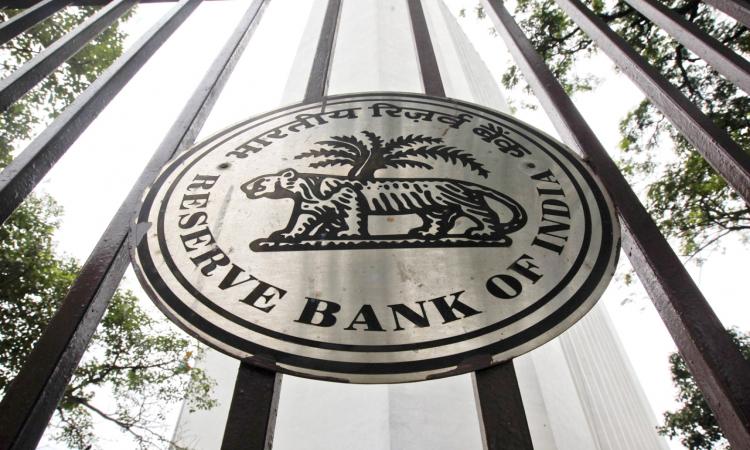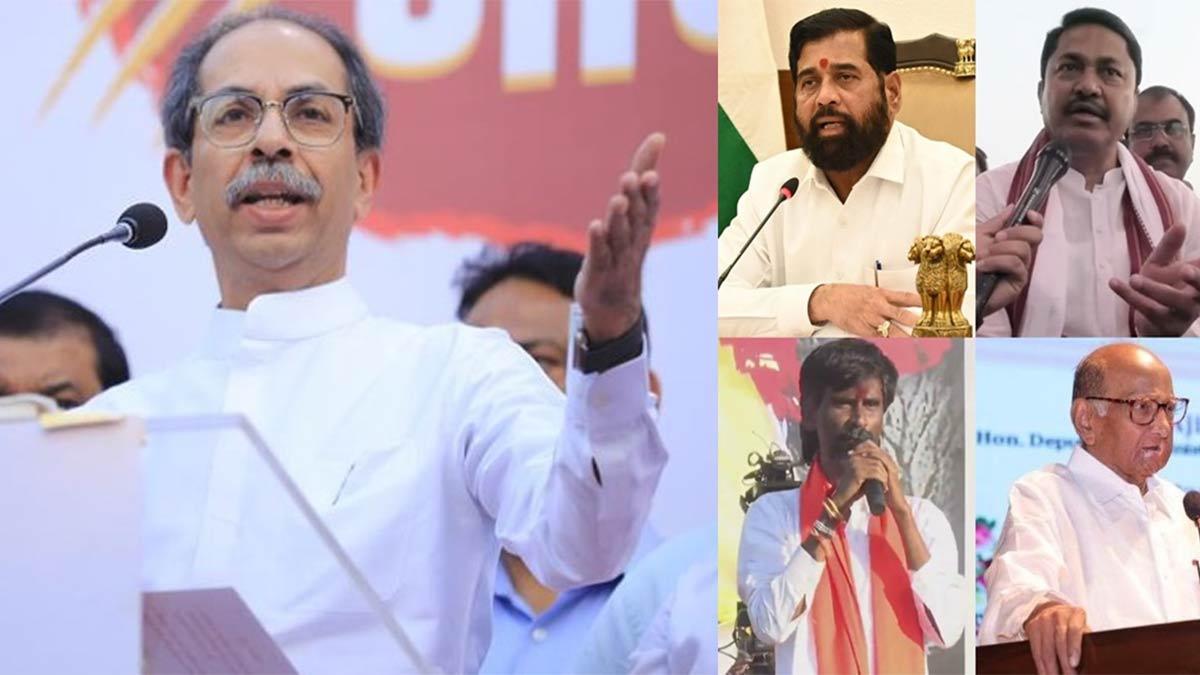Michael Patra, central bank's deputy governer, alongwith a team of other economists, claimed that India entered into a historic "technical recession" this quarter ended September as published in RBI's first ever "nowcast". Nowcasting, refers to prediction of the present or near future of the state of any particular economy.
One needs to understand what a recessionary phase for an economy means and how it escalates to a 'technical recession'.
In simple words, recessionary phase for an economy arises when overall output of goods and services, i.e. GDP, contracts from one quarter to another, and it becomes 'recession' when the phase keeps on happening repetitively over several quarters. Economic activity can be measured by serveral other indicators apart from quarterly GDP, but when real quarterly GDP alone is considered a benchmark, the term becomes 'technical recession'. Recording two consecutive quarters with negative growth leads to a technical recession. These recessions are generally mild in severity and can be caused by an isolated event, such as the Covid-19 pandemic, lasting for only a few quarters. If a recession lasts over a period spanning years, it becomes a 'depression' but that occurrence is very rare.
By this definition, India entered a technical recession at the end of September. Not just India, other huge economies including UK, USA, Brazil are currently experiencing technical recession.
The technical recession predicted in 'nowcasting' is not an unexpected phase, considering the pandemic situation spread through most of this year, economists expected the economy to slip into contraction for the rest of the year atleast.
According to the economists, GDP is again predicted to contract this quarter, this time by 8.6%. For the April-June quarter, economy shrank by a whopping 23.9% and the shrink trend continued for the next quarter as well even if by a milder number.
The report also said that if the growth remains consistent, then the October-December quarter may view return to positive growth to the economy. FM Nirmala Sitharaman also expressed hope that India's recession period is soon to be over. A range of indicators from vehicles sales to flush banking liquidity pointed towards hopeful prospects for October. This better outlook for the future of the economy is also meant to build up business and consumer confidence.
Lots of challenges rooting from the coronavirus pandemic can be blamed for the recession. Even though, the recession is not supposed to last much longer, but further incoming waves of the virus pose increased threat.
Nowcasting's 'technical recession' explained
In simple words, recessionary phase for an economy arises when overall output of goods and services, i.e. GDP, contracts from one quarter to another, and it becomes 'recession' when the phase keeps on happening repetitively over several quarters. Economic activity can be measured by serveral other indicators apart from quarterly GDP, but when real quarterly GDP alone is considered a benchmark, the term becomes 'technical recession'.


















